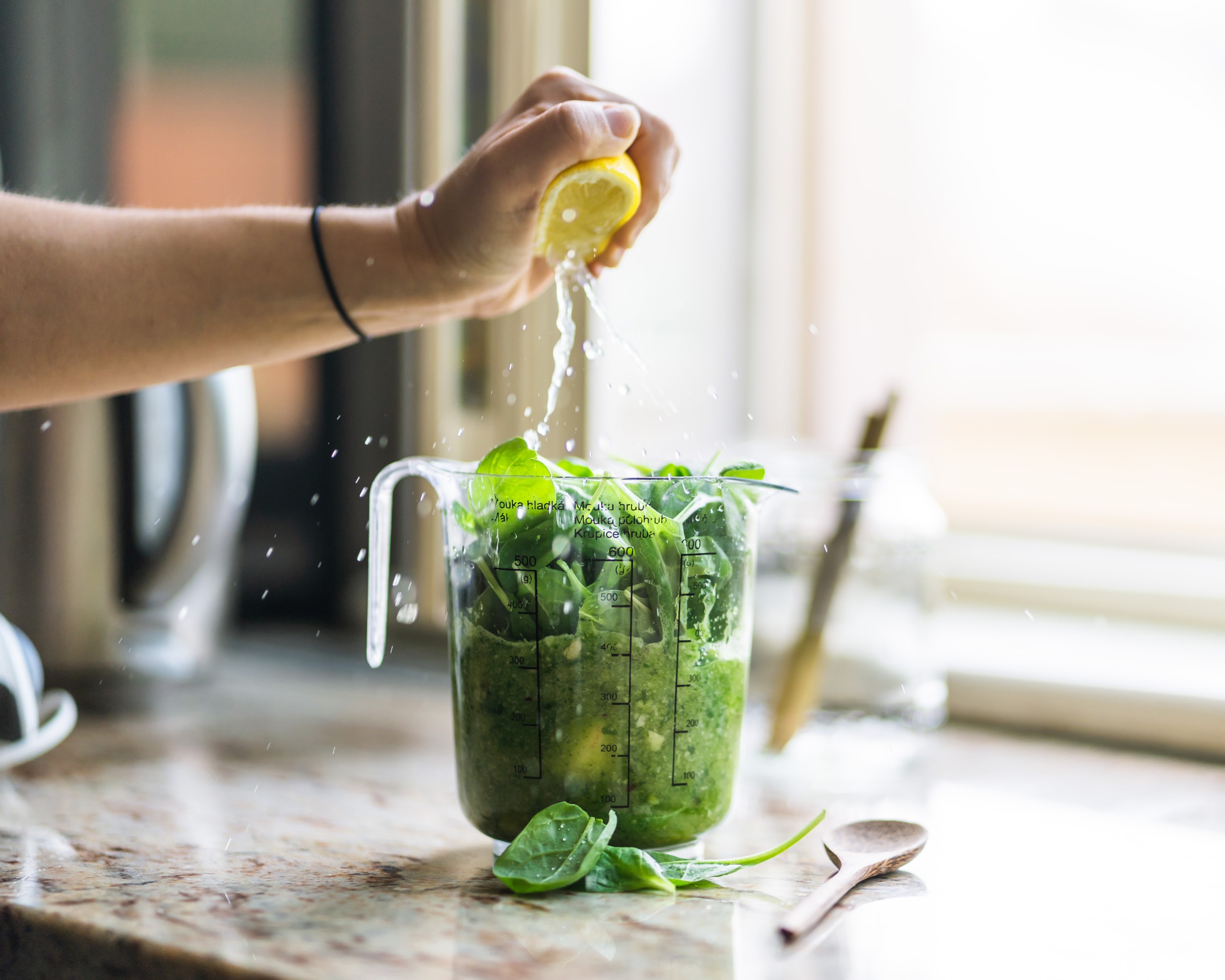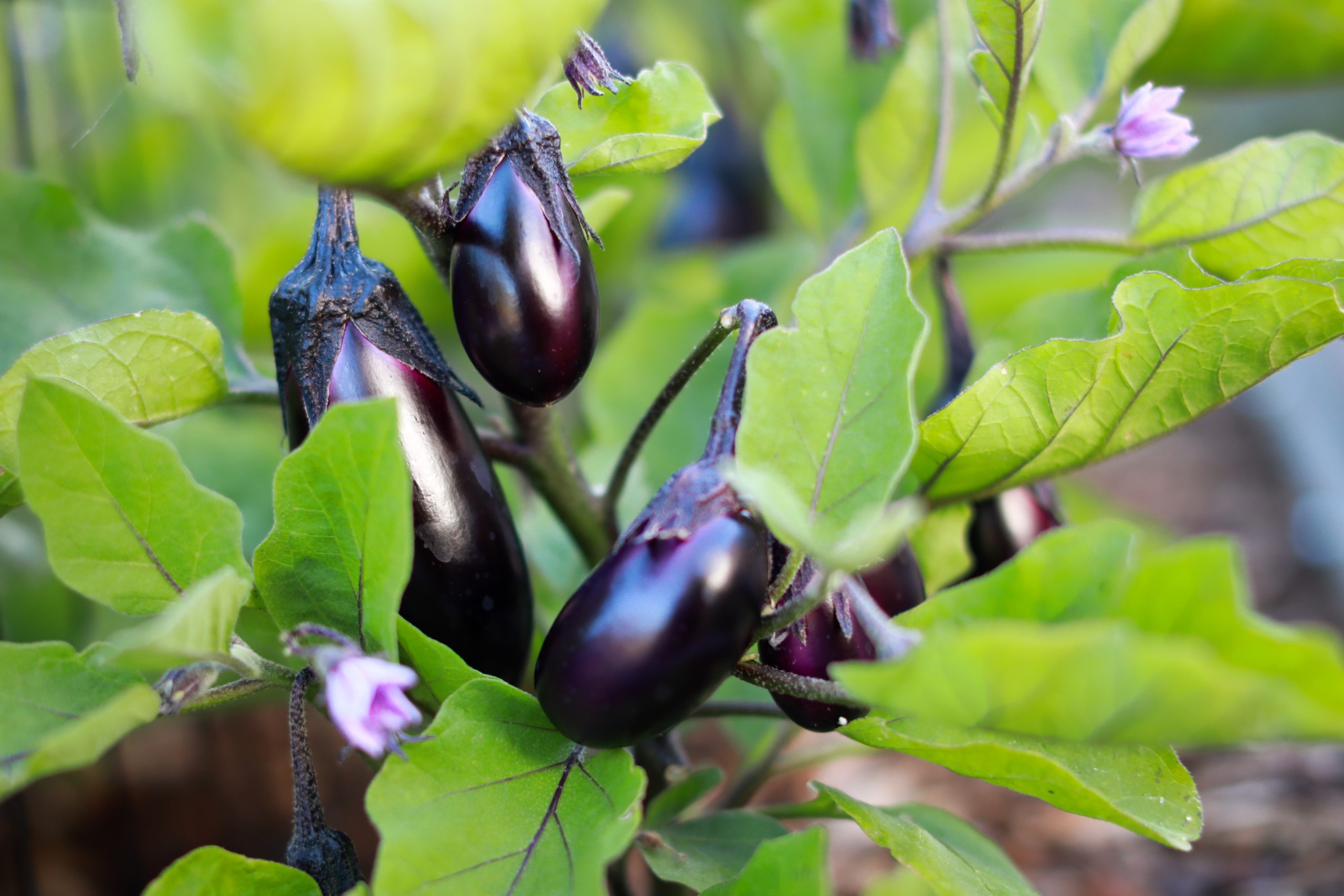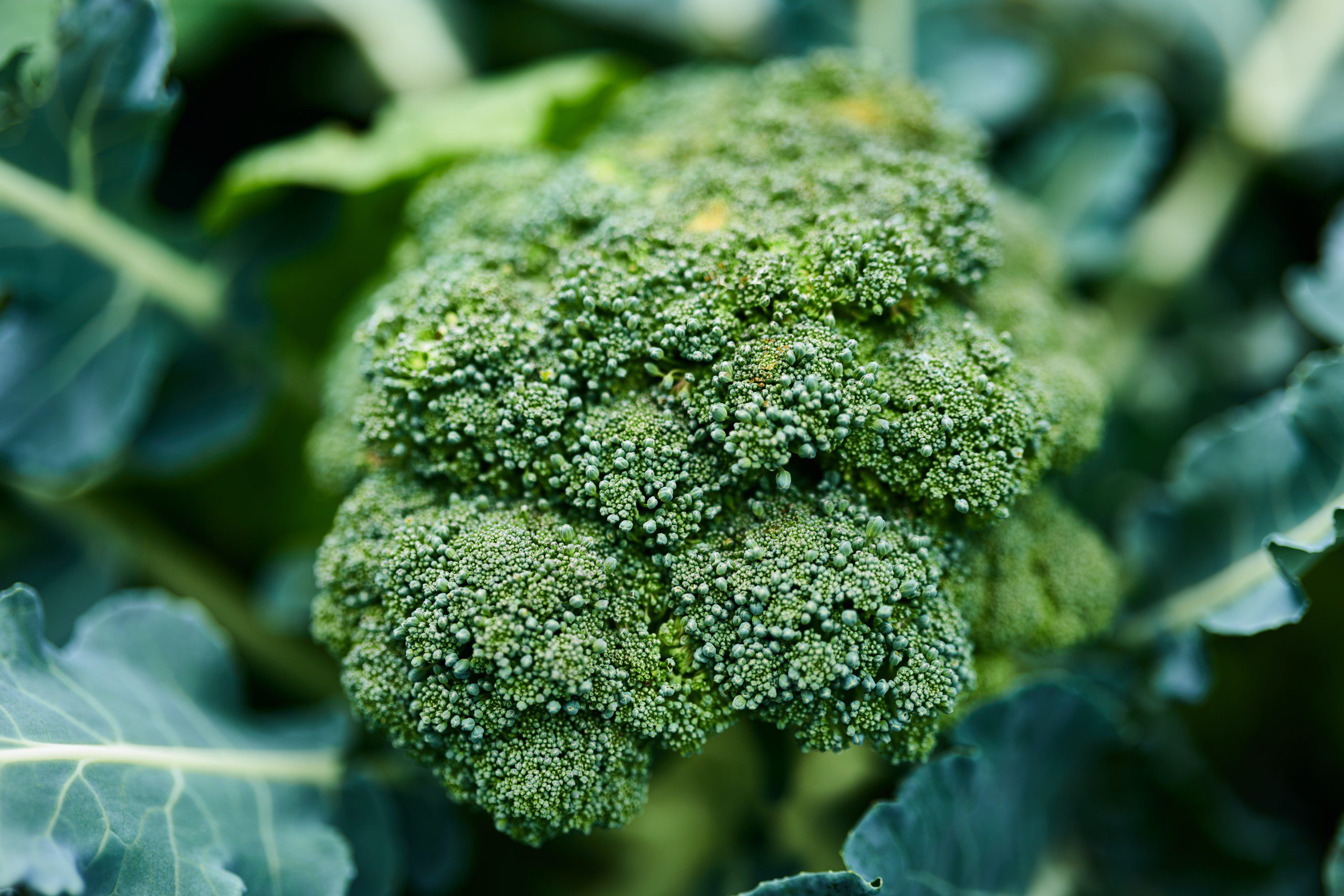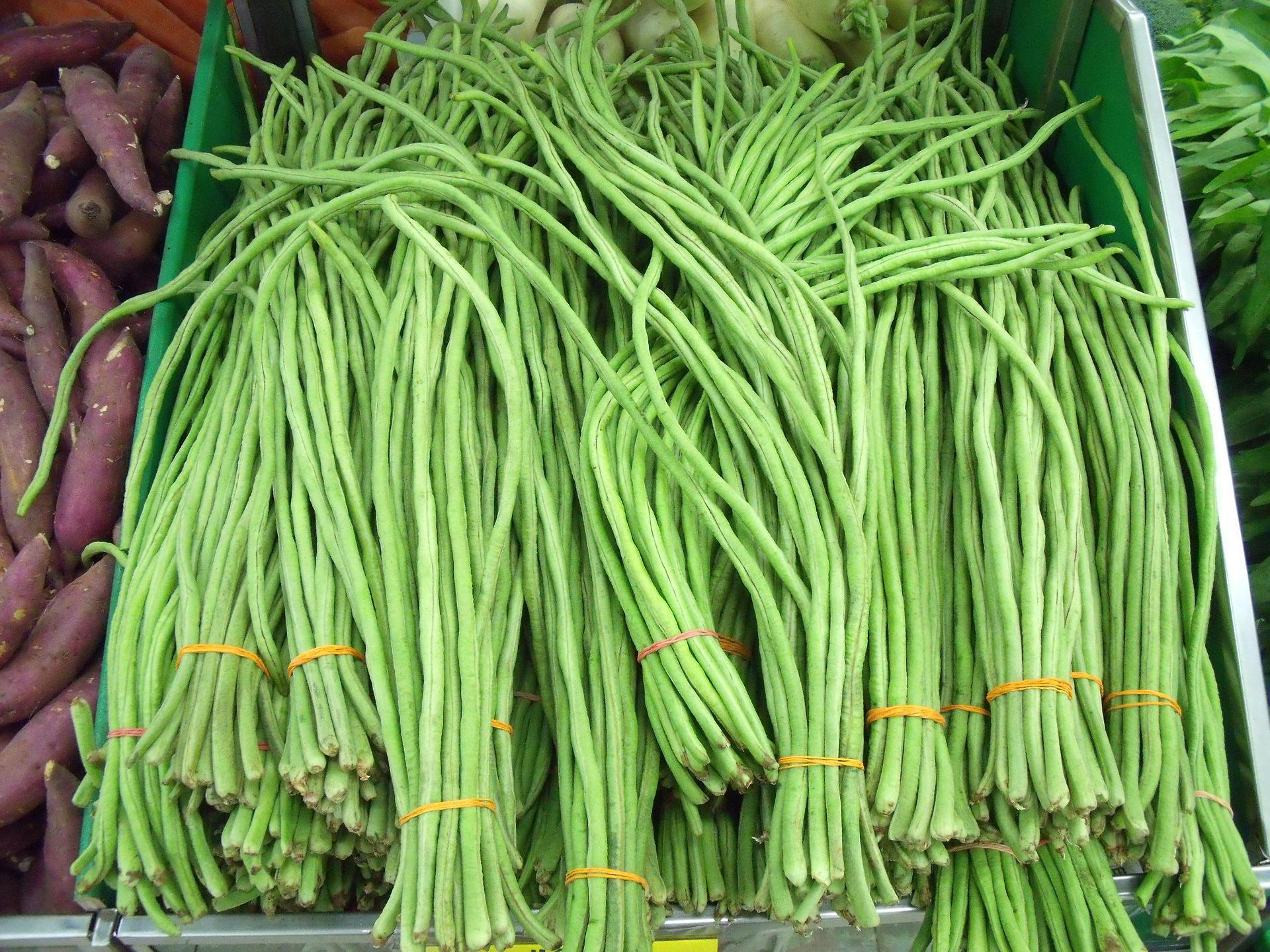Your cart is currently empty!

Taro Cultivation
Taro Cultivation in India
Taro is not a popular crop to be grown in most parts of India. The demand for the crop is moderate to low and the price for it is in the range of 10-30 rs per kilo. While the price may seem enticing, its not always a crop that will have a market. When farmers do harvest taro and are ready to sell in the market, the prices are often way lesser than what is expected. Farmers are known to sell the product for less than 5 rs per kilo, a price that does not even cut the cost of cultivation or break even.
Taro Is not widely consumed in India. A few parts of India which cultivate taro roots include Kerala, Uttar Pradesh, Madhya Pradesh, Orissa, and Andhra. Taro as a root crop and a leafy green is consumed in moderation. Small pockets of farmers cultivate taro with mediocre profit. While the price of produce in the market for the consumer is approximately 25 Rs per kilo, the price the farmers usually get is roughly 15 rs per kilo (best price).
Taro is gaining popularity in many parts of India. Its nutritional benefits and most taro cultivation being organic is a major contributor to its popularity. Very few vegetables are produced organically and commercially at the same time. Crops like Elephant Yam, Taro, and crops that are not very popular are usually low in demand and profit. Farmers do not indulge in increasing yield by adding fertilizers and pesticides. Also, these crops are cultivated in the land which is suitable for it, and this usually happens to be a wasteland.
Taro cultivation is best done in areas with partial shade. Intercropping taro in Mango orchards and Coconut fields is common practice in many parts of the country. While there are not many crops that can grow in Shaded areas with 50% shade or more, Taro is one crop that thrives in these conditions. With the added benefit of tropical weather, there is no need for external inputs like additional fertilizers or pesticides. Pests in general are rare in taro.
Though Taro is a very lucrative crop, it’s not widely cultivated in India due to lack of demand. Countries like Ghana and many parts of Africa rely on taro crops for their local food, and some even export taro. Nigeria, China, and Ghana are some of the top producers of Taro in the world, and its widely consumed in these countries.
Taro Cultivation
While one of the easiest crops to cultivate at home, when it is cultivated commercially, there are a few differences in the practice. With largescale production, the need for a system is usually required. Tilling, fertilizing and harvesting are all key features that need to be kept in mind. While taro can be grown at home and is one of the easiest plants to take care of, many cultivate taro for ornamental reasons too.
At home, taro is best cultivated by digging a pit at 2-3 square feet and losing the soil. Application of cow dung, vermicompost or leaf compost is used to fill the pit. The use of neem cake will prevent soil-related diseases like fungal infections.
Taro is grown from corms. Corms are placed in the pit and watered regularly. Taro requires moist soil but not stagnant flooded water. Taro is not resistant to flood. Loose and moist soil is key to good taro yield.
Taro plants do not require any additional fertilizers apart from the compost and fertilizers in the pit itself and can be harvested in a year.
When it comes to commercial cultivation of taro, Pest control, fertilizers and fertigation are all to be considered.
Fields are ploughed several times in commercial plantation. The soil needs to be loosened and porous. Clay soil is not recommended and the addition of compost is essential in the commercial cultivation of taro. The soil needs to be as porous as can be. Taro does not grow in uplands and dry land. Taro requires water and should not be stagnant. Water stagnation will cause root rot and disease in taro. Taro is very vulnurealbe to root diseases and wet feet.
Once the field is througly ploughed, taro corms are planted at a distance of 1 meter to 1 meter , 1 meter to .5 meter or 1 meter to .75 meter. The distance depends on the corm size required in the market. Smaller corms are not usually in good demand and spacing at a 1 meter by one meter is often recommended for larger corms. The yield is slightly higher with more number of corms but smaller corm size with dense taro plantations. The overall yield though differs a bit, the results when in terms of money are almost the same.
Fertilizers and irrigation is required frequently in trao plantations when done commercially. The plants are consumed for their leaves, stems, and roots. The roots and leaves are commercially available in mandi’s and local markets. The Stem though is of lesser demand and is more perishable than the leaves and corms.
Taro cutivationt takes anywhere between 9 to 12 months from seed (corm) sowing to yield. Taro is a perennial plant and if not harvested in the 12th month , will still remain healthy and fine until its cultivated. Some farmers are known to leave the plant in the ground till the prices are high. Taro roots come back year after year if not harvested. Taro roots are often found to grow itself even affer harvests if a piece of the corm is left in the ground. The plant is often found to be hardy and has a high survival rate in most tropical areas.
Reference : https://www.researchgate.net/publication/270956191_Marketing_of_Taro_in_India
Recent Categories
Recent Posts
Post Archive
Category Tags
There’s no content to show here yet.











